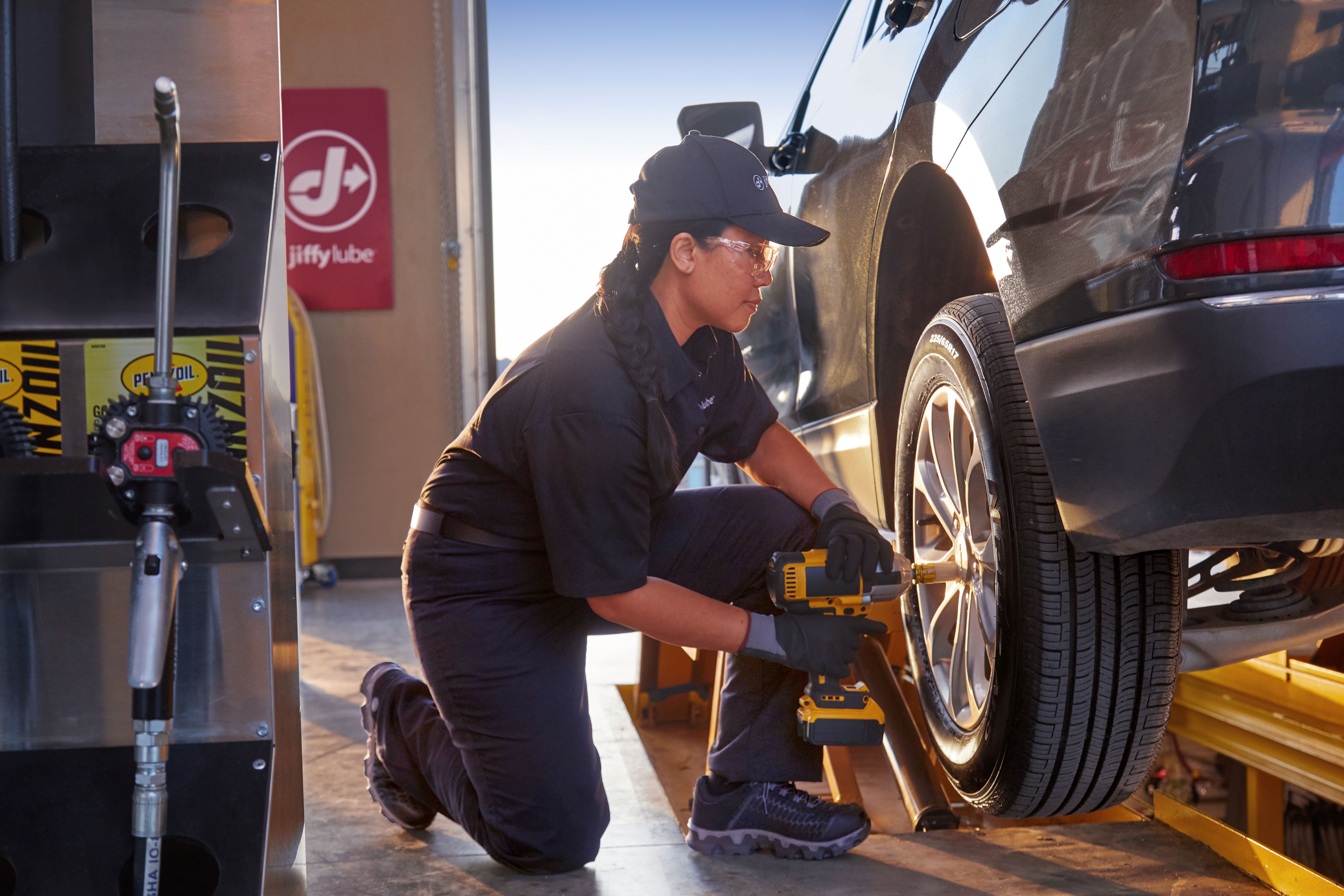Discover Top-Quality Tires Morris IL: Select the most effective for Your Lorry
Discover Top-Quality Tires Morris IL: Select the most effective for Your Lorry
Blog Article
Tire Solution: Comprehending Tire Pressure Surveillance Equipments
Comprehending Tire Pressure Tracking Systems (TPMS) is a crucial facet of preserving ideal vehicle efficiency and safety and security on the road. With developments in vehicle innovation, TPMS has actually ended up being a common attribute in modern-day lorries, supplying real-time information on tire pressure degrees. Digging deeper into the complexities of TPMS, one can reveal the different elements that comprise this system and the relevance of each in ensuring accurate monitoring. From straight to indirect TPMS systems, the landscape of tire stress monitoring is varied, each with its special collection of factors to consider and benefits. Remain tuned to decipher the complexities of TPMS, from upkeep pointers to the obvious advantages of maintaining your tires appropriately blew up. morris tire and alignment.

Importance of TPMS
The significance of Tire Pressure Monitoring Solutions (TPMS) exists in their ability to boost vehicle security and performance with real-time surveillance of tire pressure degrees. Maintaining the right tire stress is essential for guaranteeing optimum handling, braking, and total security of a vehicle. TPMS provides vehicle drivers with instant feedback on any type of overinflated or underinflated tires, permitting timely modifications to be made.
Elements of TPMS
Sensing units are generally located in the tire shutoff stem or attached to the wheel assembly, where they measure tire stress and send information to the control module. Some advanced TPMS models also display the actual tire pressure analyses for each tire, providing drivers with real-time information to guarantee ideal tire efficiency and security. By checking tire pressure continuously, TPMS aids stop accidents, decreases tire wear, and enhances gas efficiency, making it an important element for vehicle safety and efficiency. morris tire and alignment.
Kinds Of TPMS

On the other hand, indirect TPMS depends on the vehicle's wheel rate sensors to check tire pressure. This system discovers underinflation by comparing the rotational speeds of the wheels. Indirect TPMS is less pricey than straight TPMS, as it makes use of existing sensing units within the automobile.
While direct TPMS offers much more precise analyses, indirect TPMS is easier in layout and typically calls for much less upkeep. Both systems have their constraints and benefits, and the choice between them usually depends upon factors such as expense, vehicle view make, and individual preference. Recognizing the differences between these two types of TPMS can aid automobile proprietors make educated decisions pertaining to tire upkeep and security.
TPMS Upkeep Tips
Reliable maintenance of TPMS is necessary for ensuring optimum performance and safety of your automobile. Consistently inspecting the TPMS sensors for any kind of damages or deterioration is crucial. Make certain that the sensing units are cost-free and tidy from debris that can conflict with their functioning. Furthermore, it is recommended to examine the sensor batteries occasionally and replace them as required to guarantee precise readings. Conduct routine examine the tire pressure degrees and compare them with the TPMS analyses to ensure they correspond. If there are any inconsistencies, recalibrate the system complying with the producer's guidelines. Throughout tire rotation or replacement, make certain that the TPMS elements are dealt with thoroughly to prevent any type of prospective damages. Last but not least, if the TPMS cautioning light illuminates on the control panel, attend to the problem without delay by checking the tire pressures and the index total system for any faults. this article By adhering to these maintenance ideas, you can extend the life expectancy of your TPMS and enhance the security of your driving experience.
Benefits of Appropriate Tire Stress
Maintaining proper tire stress, as stressed in TPMS Maintenance Tips, is vital for enjoying the numerous benefits connected with ideal tire pressure degrees. Among the primary benefits of maintaining the correct tire stress is enhanced gas effectiveness. When tires are properly pumped up, there is much less rolling resistance, leading to better fuel economic climate. In addition, proper tire pressure guarantees also tire wear, prolonging the lifespan of the tires and advertising much safer driving problems. With the ideal tire pressure, automobiles likewise have far better handling and traction, especially in unfavorable climate condition. This can boost general driving performance and safety for the motorist and guests. Furthermore, keeping ideal tire pressure can add to a smoother and more comfortable trip by lowering resonances and noise brought on by underinflated tires. In conclusion, the benefits of correct tire stress go beyond simply tire long life; they encompass improved fuel performance, boosted safety, better car efficiency, and overall driving comfort.
Verdict
In conclusion, recognizing tire stress monitoring systems (TPMS) is critical for maintaining optimal tire pressure and making sure car safety and security. By identifying the significance of TPMS, being acquainted with its parts, knowing the different types offered, sticking to proper upkeep suggestions, and understanding the benefits of maintaining proper tire pressure, drivers can improve their driving experience and prolong the life-span of their tires. Appropriate tire stress is essential to safe and effective car procedure.

Report this page